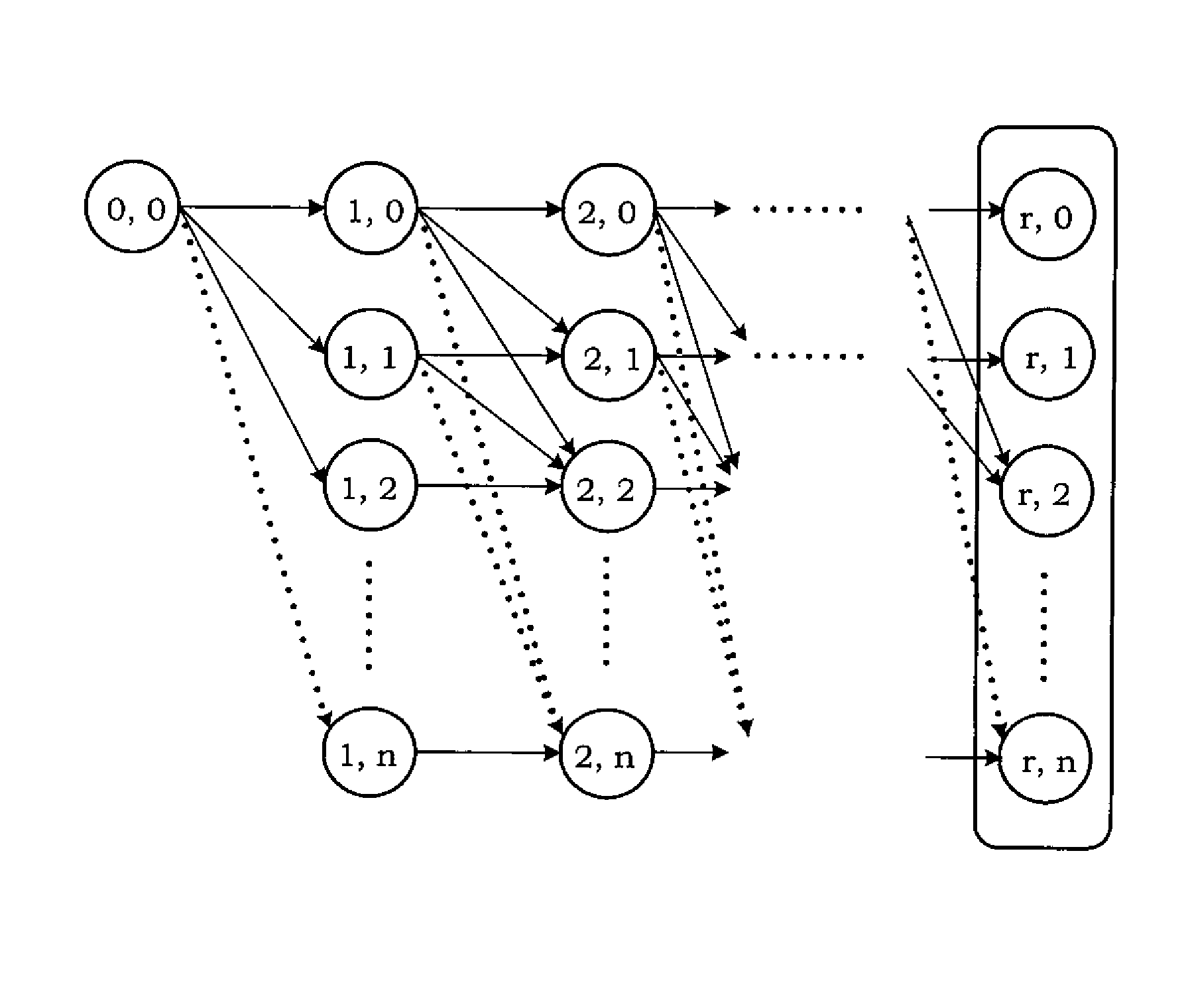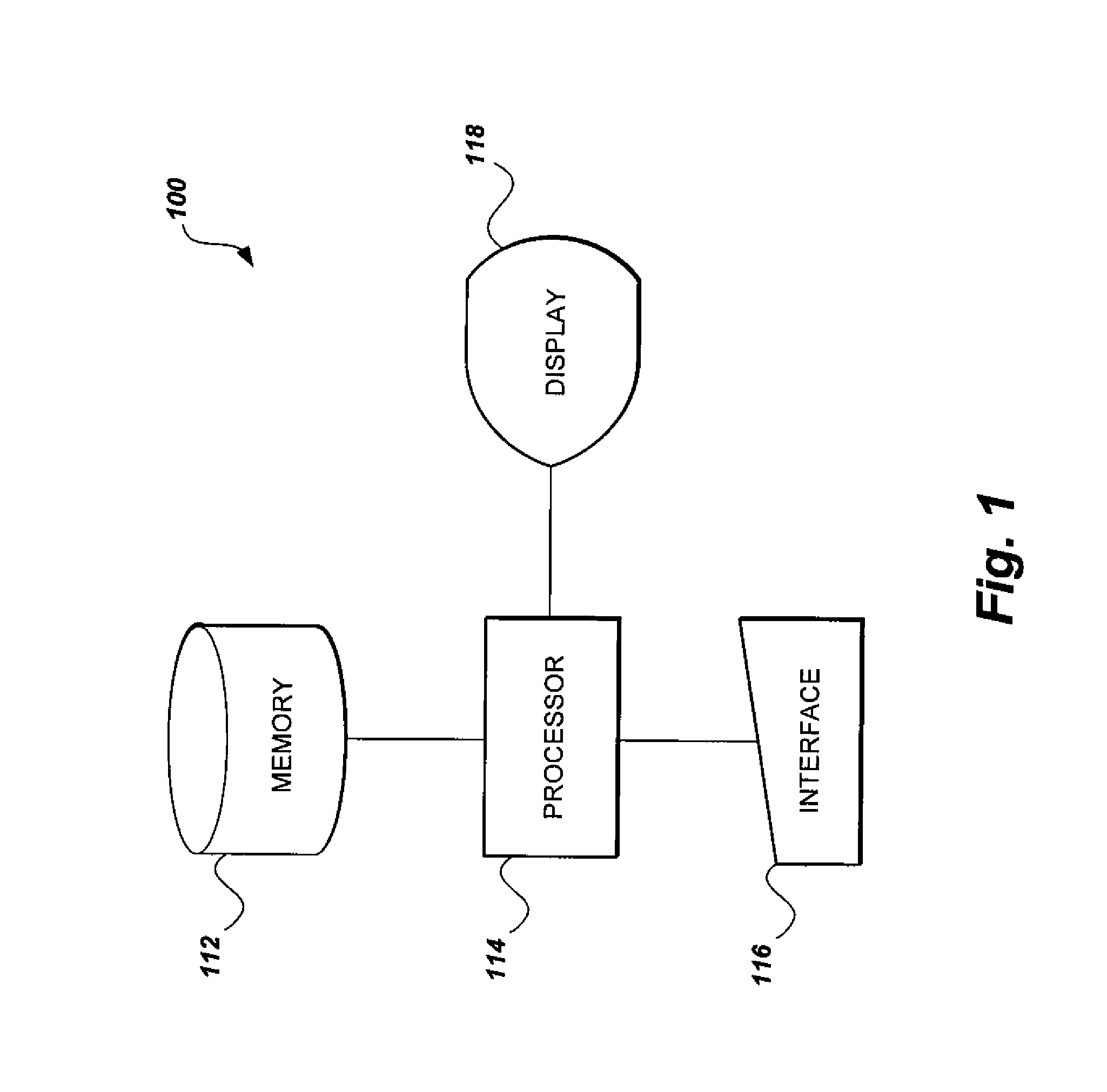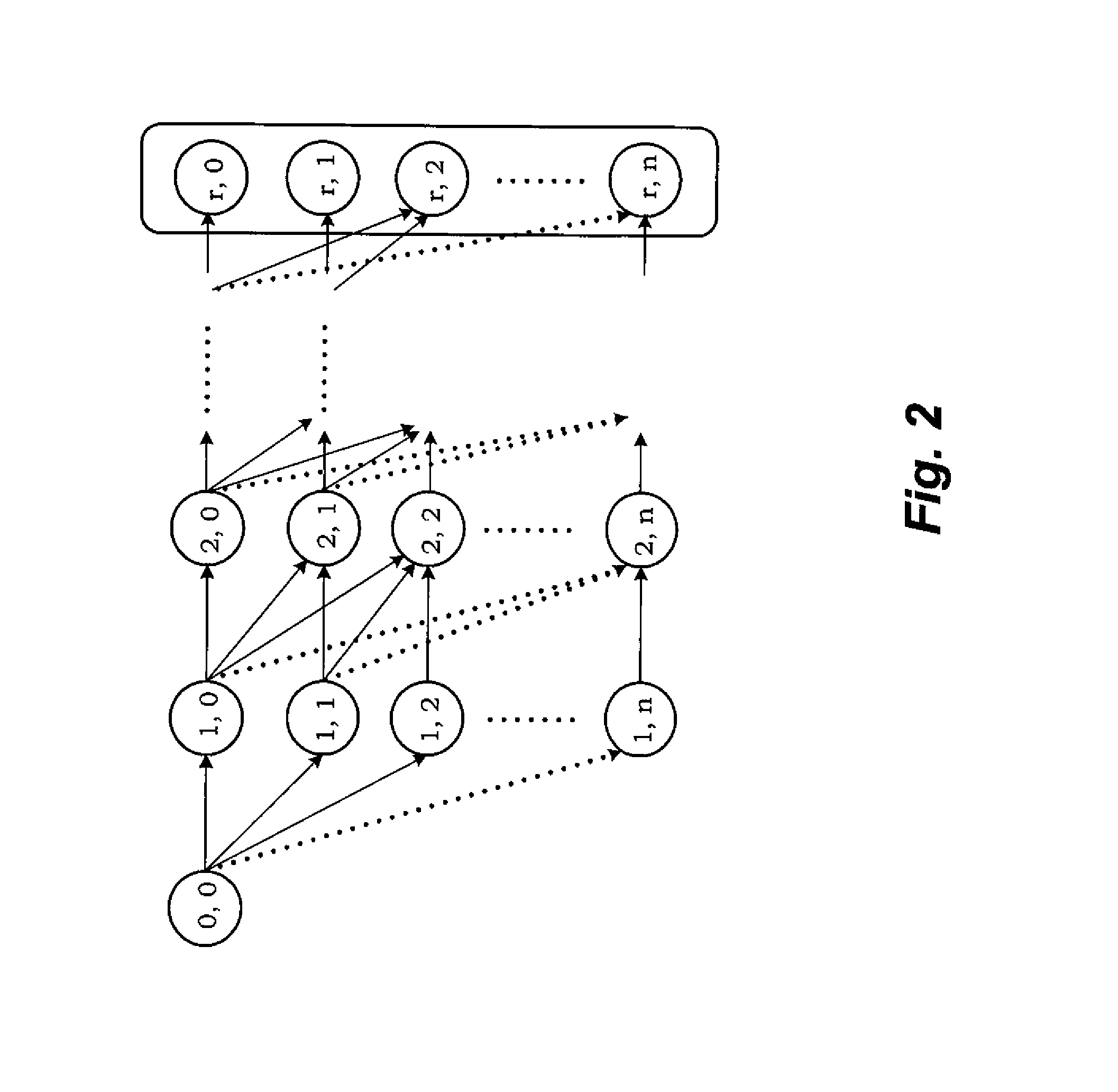Method of predicting tag detection probability for RFID framed slotted aloha Anti-collision protocols
- Summary
- Abstract
- Description
- Claims
- Application Information
AI Technical Summary
Benefits of technology
Problems solved by technology
Method used
Image
Examples
Embodiment Construction
[0016]The present invention relates to the prevention of collision in radio frequency identification (RFID) tag networks, and particularly to a method of predicting tag detection probability for RFID framed slotted ALOHA anti-collision protocols. The following is based on an RFID network with a single RFID tag reader and n RFID tags. In real-world applications, the number of tags, n, is usually known. Thus, in the following, it is assumed that n is known, or effective population estimation algorithms are available for accurate estimation of n.
[0017]The RFID tag reader selects the frame size s in terms of time slots and announces the frame size s to the tags. Each tag then selects a random time slot in which to transmit its identification code. The reader can only identify tags that have selected unique time slots. Thus, when at least two tags select the same time slot, a tag collision occurs and the two or more tags are not identified. The reader continues the interrogation process ...
PUM
 Login to View More
Login to View More Abstract
Description
Claims
Application Information
 Login to View More
Login to View More - R&D
- Intellectual Property
- Life Sciences
- Materials
- Tech Scout
- Unparalleled Data Quality
- Higher Quality Content
- 60% Fewer Hallucinations
Browse by: Latest US Patents, China's latest patents, Technical Efficacy Thesaurus, Application Domain, Technology Topic, Popular Technical Reports.
© 2025 PatSnap. All rights reserved.Legal|Privacy policy|Modern Slavery Act Transparency Statement|Sitemap|About US| Contact US: help@patsnap.com



